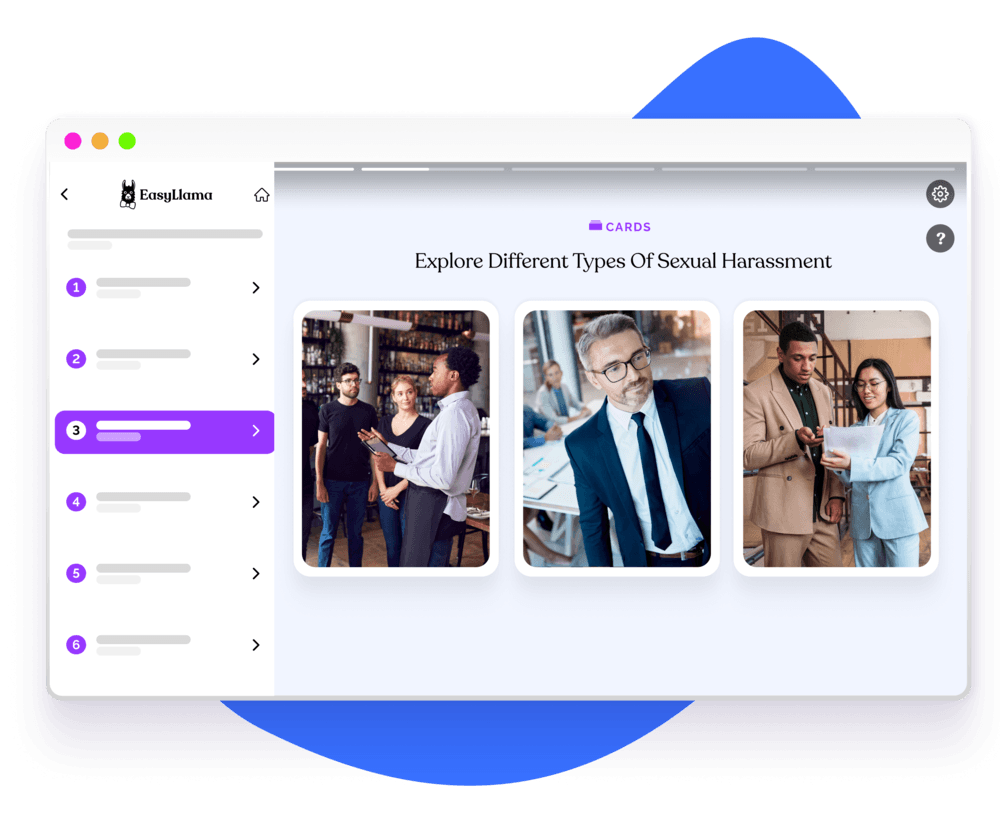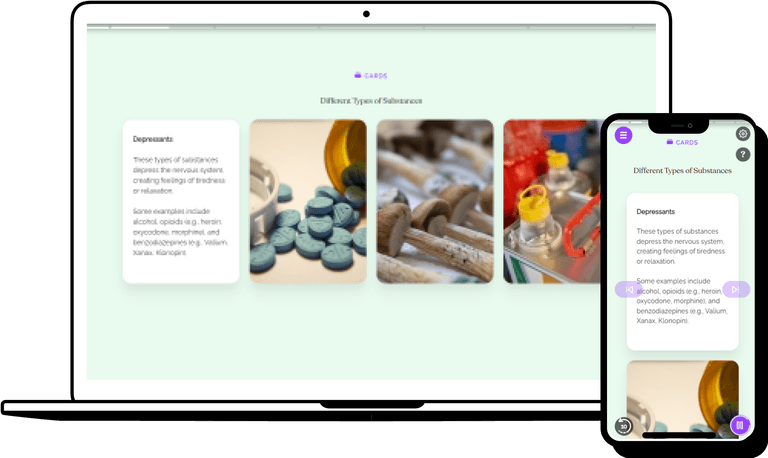Bystander Intervention
This chapter explores how bystanders can help address workplace issues from harassment and discrimination to bullying and other inappropriate behavior. We'll discuss the importance of understanding workplace culture, how to recognize the signs of an unsafe workplace, and key strategies for intervening.

Who is a bystander in the workplace?
Bystander intervention is when they take action to support a coworker. A bystander in the workplace is a person who witnesses an incident or behavior that is inappropriate or unprofessional but does not directly participate in it. They may choose to take no action or to intervene. Bystanders are often in a position to make a difference by promoting positive workplace culture and reporting incidents of harassment or other inappropriate behavior.

Impact of Bystander Intervention in the workplace
Bystander intervention encourages open communication and trust among coworkers, which can lead to stronger relationships, improved morale, and increased productivity. When employees feel safe and supported, they are more likely to speak up and take action when they witness inappropriate behavior. This can help to prevent bullying, sexual harassment, and other forms of unprofessional conduct. Bystander intervention in the workplace is an important step towards creating a safe, healthy, and productive working environment.

Bystander intervention is a powerful tool that can help make a difference. Here are some bystander intervention best practices to help prevent sexual harassment in the workplace:
After the situation has passed, check in with the person in the situation and ask if there is anything you can do to help. Make sure they are okay and offer to help them find resources if needed. It is important to remember that the person in the situation might need time to process what happened and that it is okay to take some time before responding.
Creating a distraction is an effective way to intervene in a potentially dangerous situation. It can give the person in the situation a chance to get away or stop the harasser. Distractions can be as simple as asking a direct question or making a joke to divert the attention away. It is important to remember that it may be a good idea to create a distraction with the intention of getting help, rather than trying to handle the situation alone.
When speaking up, it is important to be assertive and clear in your message. Make it clear that what is being proposed is not okay and that it should not be happening. Break the silence and let the person in the situation know that you are there for them, even if it is just to talk. State the facts and stay focused on the topic at hand. Speak in a calm and collected manner. Do not be confrontational, as this could escalate the situation. Be supportive and provide resources if needed. Remember that it takes courage and strength to speak up, but it could make all the difference.

Promote active Bystanders in the workplace
Bystanders who are actively engaged are better able to recognize signs of workplace mistreatment including harassment, discrimination, and bullying. This can lead to an increase in reporting of mistreatment, allowing for quicker and more effective resolution of the issue. Additionally, active bystanders can help to create a culture of respect and safety in the workplace, leading to increased job satisfaction, improved morale, and better team cohesion.
Myths surrounding Bystander Intervention
Bystander intervention is an important tool in creating a safe and inclusive environment. Unfortunately, there are many myths and misconceptions surrounding it that can prevent people from taking action when they witness a potentially dangerous or hostile situation.
Here are some myths to look out for:
- -
Bystander intervention makes the situation worse.
- -
Intervening is too dangerous.
- -
People do not care enough to intervene.
- -
I will get in trouble if I intervene.

Empower Employees to be active bystanders through employee education
By providing employees with the knowledge and skills to recognize and intervene in situations of harassment, discrimination, or other inappropriate behavior, employers can ensure that employees are equipped with the confidence and capability to take action when needed.

Helping over 8,000 organizations create a safer, more productive workplace
Sexual Harassment prevention is an essential training course to ensure that employees are aware of their duty to report any behavior of a sexual nature that is unwelcome. The course covers:





















